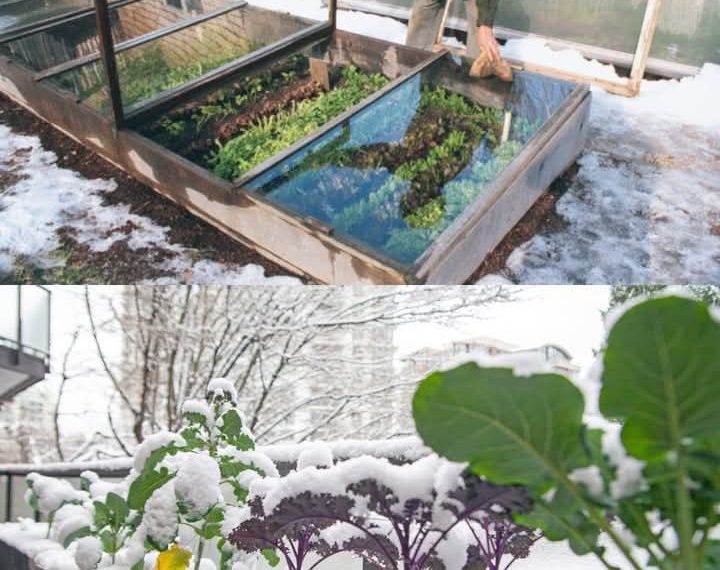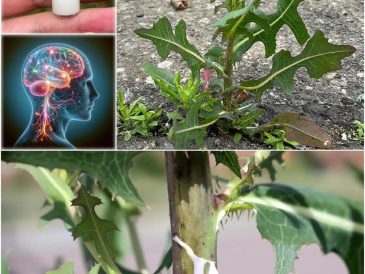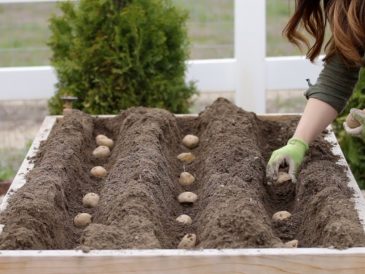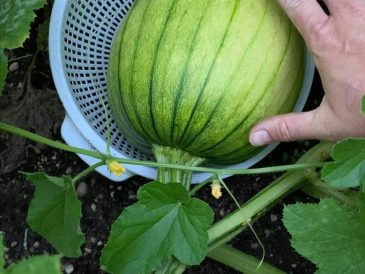Grow vegetables all year-long with cold frames
If you’re passionate about vegetable gardening but find it challenging to maintain a continuous harvest through the winter months, cold frames might be the perfect solution for you. These simple structures can significantly extend your growing season, allowing you to enjoy fresh produce all year round, even in the coldest climates.
A cold frame is basically a bottomless box topped with a glass or plastic lid, creating a protective environment for your plants. This design allows sunlight to enter while shielding your crops from harsh weather conditions like frost, snow, and wind. Inside a cold frame, the temperature can be up to 10 degrees warmer than the outside air, providing a microclimate that enables crops to thrive. Imagine growing greens and other cool-season vegetables throughout winter! In regions like Maine, cold frames can make it feel like your plants are enjoying the warmer climates of New Jersey or even Georgia.
The concept of cold frames is not new—their simplicity has been appreciated by gardeners for centuries. To create your own, you only need some sturdy wood planks and glass frames, often referred to as lights. Construct a box that’s about 12 inches high at the back and 8 inches high at the front, positioning it to maximize sunlight. This slight slope ensures that the sun hits the interior optimally, promoting growth. If you don’t want to build one yourself, you can purchase ready-made polycarbonate models from companies like Charley’s Greenhouse & Garden or Peaceful Valley Farm & Garden Supply.
To make the most of your cold frame, focus on planting vegetables that can tolerate cold. While it won’t help you grow summer favorites like vine-ripened tomatoes in January, it’s perfect for crops like spinach, kale, carrots, and a variety of salad greens. Spinach, for instance, is incredibly resilient and can yield healthy leaves all winter long. Carrots, specifically, taste sweeter when grown in colder temperatures, as the cold converts starches into sugars—my kids affectionately called them “candy carrots.”
Salad greens thrive in a cold frame, too. Lettuce will last until mid-December, but for a more robust option, mâche (or corn salad) is a fantastic winter green that remains productive even under snowy conditions. Its hardiness allows you to harvest it frozen, giving you a refreshing salad option during the coldest months.
Exploring European varieties can expand your options even further. For instance, claytonia, also known as miner’s lettuce, offers sweet, succulent leaves that are perfect for salads. Minutina, known for its crisp texture and slightly salty flavor, is another delightful addition to winter salads. Other options include arugula, dandelion, and various types of chicory.
The number of crops you can successfully grow will depend largely on your local climate zone. For gardeners in milder areas (like Zone 6 and south), cold frames can support a bountiful variety of vegetables. In harsher climates (like Zone 3), you may find your harvest more limited, primarily focusing on spinach, scallions, mâche, claytonia, and carrots. For those in colder zones, placing a plastic tunnel over the cold frame can significantly improve temperature and humidity, allowing for a broader range of crops.
In conclusion, cold frames are an excellent investment for gardeners looking to extend their growing season. By choosing the right crops and protecting them from extreme winter weather, you can enjoy fresh, homegrown vegetables throughout the year. Happy gardening!





